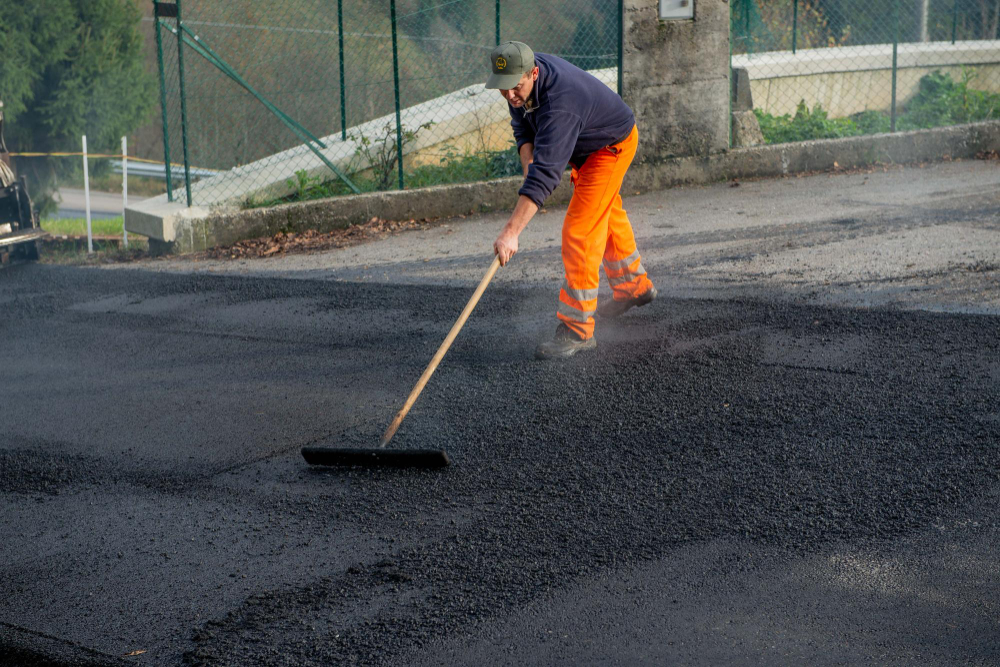
When it comes to maintaining asphalt pavement, there's no shortage of myths and misconceptions. Too often, these misunderstandings lead to improper maintenance practices, costly repairs, and even premature deterioration of the pavement. One of the most debated topics is sealcoating, a crucial maintenance practice used by professionals across the country, especially in areas like Orlando, FL, where the weather can be particularly harsh on asphalt.
If you're a property owner or manager looking to protect your investment, it's time to separate fact from fiction. This blog will explore and debunk common misconceptions about asphalt pavement and sealcoating, helping you make informed decisions and prolong the life of your pavement surface.
Before we tackle the myths, let's start with the basics. Sealcoating is the process of applying a protective coating to asphalt pavements. This coating serves as a barrier against water, UV rays, oil, and other elements that can degrade the surface over time.
Think of it as sunscreen for your pavement. Just as sunscreen protects your skin from harmful rays and premature aging, sealcoating shields your asphalt from wear and tear, ensuring it remains smooth and durable for years to come.
Now that we've clarified what sealcoating is, let's set the record straight on some of the most common misconceptions.
Many people believe that sealcoating is solely for making asphalt surfaces look fresh and black. While it’s true that sealcoating enhances the curb appeal by restoring the rich, black color of asphalt, its benefits go far beyond aesthetics.
Sealcoating provides essential protection against:
Without sealcoating, your asphalt pavement is far more vulnerable to damage, leading to higher long-term repair costs.
This is perhaps one of the most widespread myths. Sealcoating is not a repair solution for existing damage; it is a preventive measure. If your pavement already has cracks or potholes, those need to be repaired before applying a sealcoat. Professionals will often use crack fillers or patching materials to address these issues first.
Think of it like painting a wall. You wouldn’t paint over cracks or holes without filling them in first, and the same principle applies to your asphalt pavement.
Some property owners think sealcoating is a one-and-done process. This is far from the truth. Sealcoating is a maintenance practice that should be performed regularly to provide continuous protection.
Experts recommend sealcoating your pavement every 2–3 years, depending on factors like traffic volume, climate, and overall wear and tear. For example, in Orlando, FL, where summers bring intense heat and UV exposure, regular sealcoating is especially critical.
A common but costly misunderstanding is that asphalt is a "set it and forget it" material. While asphalt is durable, it requires regular maintenance to stay in optimum condition.
Sealcoating is one of the most effective ways to prolong the life of your pavement, but it should be part of a comprehensive maintenance plan that includes:
Think of asphalt maintenance as caring for any valuable asset. Neglecting it will only lead to accelerated deterioration and higher costs down the line.
While it’s tempting to cut costs by sealcoating on your own, this is a job best left to professionals. Applying sealcoat requires specialized equipment, knowledge, and experience to ensure proper coverage and adhesion.
DIY attempts often result in uneven application, peeling, or other issues that can compromise the effectiveness of the coating. If you're in Orlando, FL, hiring professionals like Florida Sealcoating ensures the job is done right the first time.
Some people hesitate to sealcoat their pavement due to concerns about environmental impact. However, modern sealcoating products are designed to be eco-friendly, with low levels of volatile organic compounds (VOCs).
Additionally, by extending the lifespan of your asphalt, sealcoating reduces the need for frequent repairs and repaving, which can have a much larger environmental footprint.
Choosing a trusted sealcoating provider like Florida Sealcoating ensures you’re using environmentally responsible products that protect both your pavement and the planet.
Timing is everything when it comes to sealcoating. Many believe it’s fine to apply a sealcoat regardless of weather conditions, but that’s not true.
Sealcoating should be done:
For locations like Orlando, FL, spring and fall are often the best times for sealcoating due to favorable weather conditions.
Sealcoating is one of the smartest investments you can make for your asphalt pavement. Here’s how it pays off:
Don’t fall victim to these common misconceptions! Now that you know the facts, it’s time to take proactive steps to protect your asphalt pavement.
If you’re based in Orlando, FL, and need professional sealcoating services, Florida Sealcoating is here to help. Our expert team uses high-quality materials and proven techniques to ensure your pavement stays in top condition.
Contact Florida Sealcoating today to get your free quote and experience the difference expert care can make.